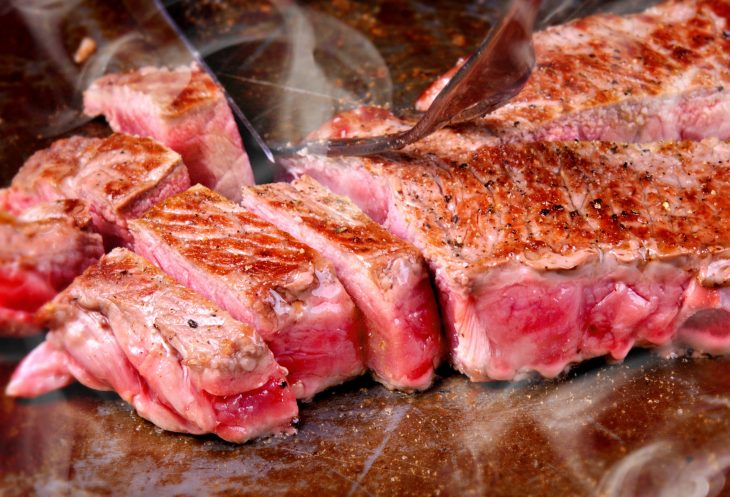
For many, nothing beats a home-cooked steak. Some, however, are partial to the fine dining experience, and many of them only go for the most expensive steaks available.
Of course, whether the price is worth it for the meal is a question that will differ per customer.
If you’re interested in finding out the answer for yourself, then keep on reading for a guide on the most expensive steaks in the world!
What is a steak?
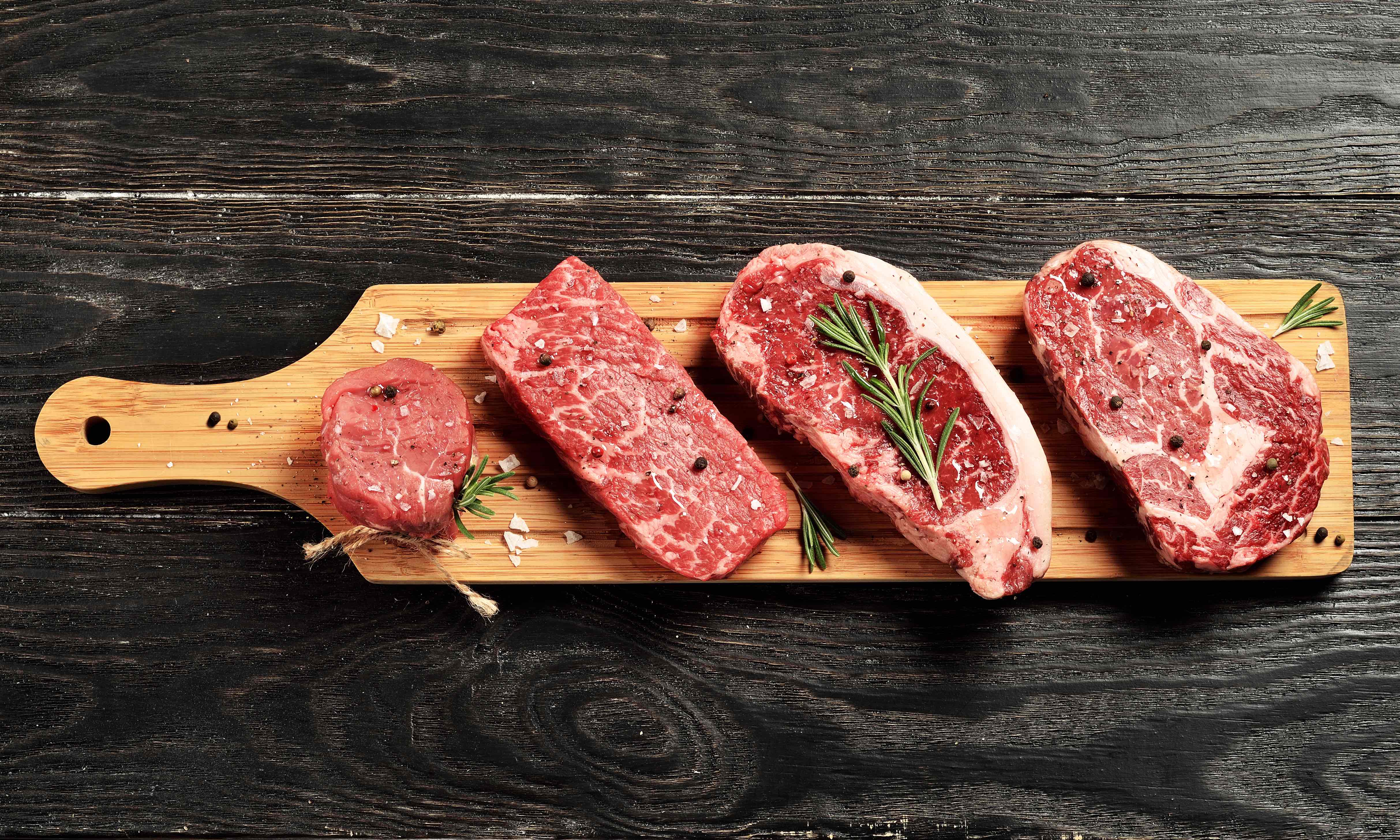
The answer might seem obvious, but many still have the question: “what makes a steak a steak?” In general, a steak is a thick slice of meat that cuts across (sometimes parallel) the grain of the animal’s muscle fiber.
Most steaks come from cows, but there are alternatives for those who don’t like beef, such as turkey, sheep, and goat. Some restaurants also offer steaks cut from fish such as salmon, swordfish, and marlin.
There are also steak alternatives for vegans. Vegan steaks are usually made from a mix of seitan, lentils, and seasonings to provide a high protein meal.
What are the factors that affect the price of steak?
Like any other item for sale, the price of steak heavily depends on its quality. You might have noticed how prepackaged meat usually comes with tags of “prime”, “choice”, or “select” meat.
These are some of the grades or rankings by the United States Department of Agriculture (USDA). After the USDA assesses the quality of the meat, they grade the meat, with “prime” as the highest quality. The higher the quality of the steak means the higher the price of the meat.
The quality of a steak, of course, relies on many factors, and the USDA inspects all of these very closely. The most common factors include thickness, marbling, animal source, and type of cut.
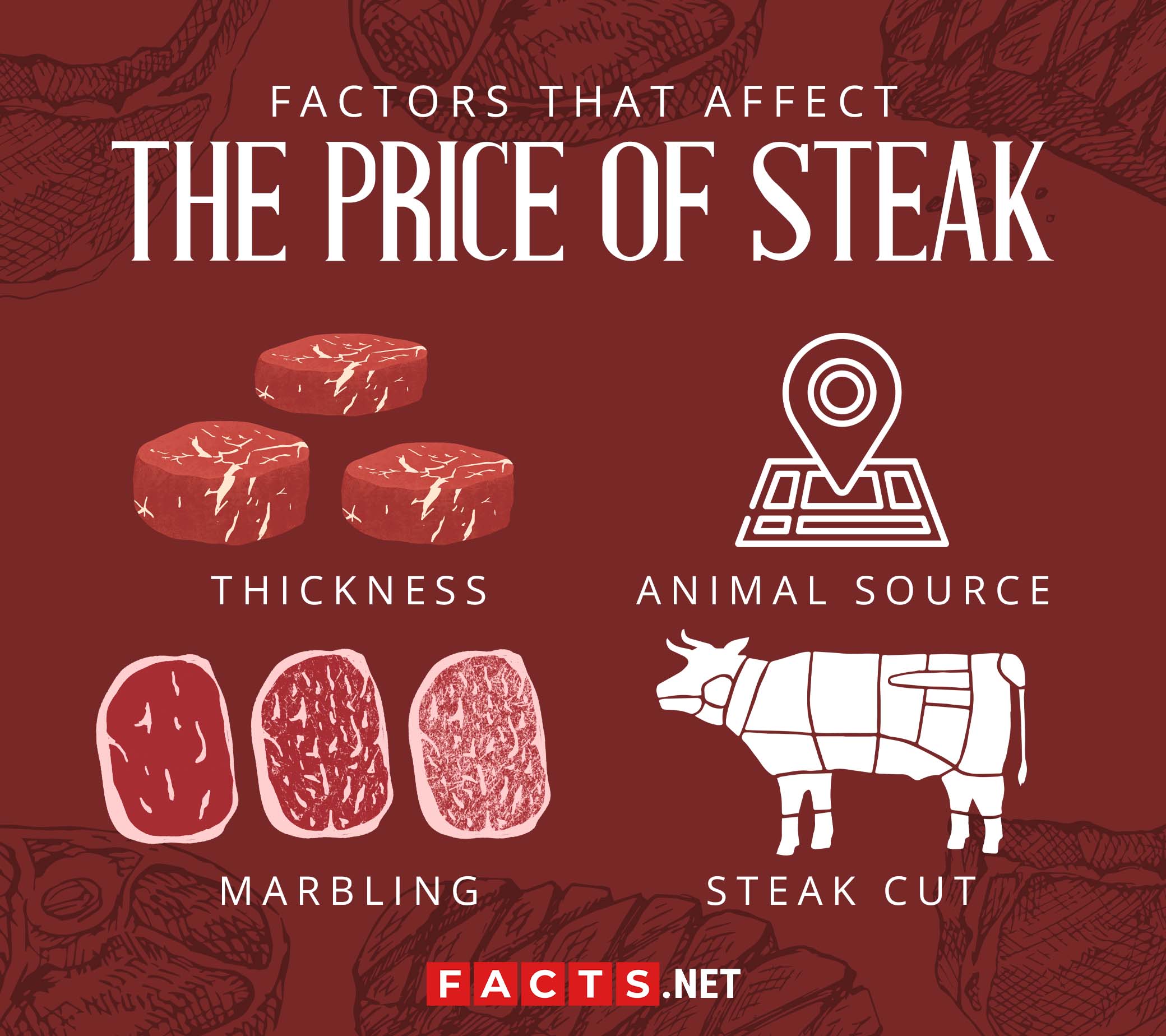
Thickness
When it comes to steak, the general rule is the thicker, the better. A thick steak will cook better, with even and tender bites. Furthermore, a steak cut that is too thin will look more like ham than a steak.
The ideal thickness of a steak is around 1 inch, which is what most grocery stores and butcher shops sell. Common steakhouses will also sell steaks that are 1 inch thick. While this is the ideal thickness for most steaks, some steak cuts are usually thinner, such as strip steaks.
Most expensive steaks are usually around 1.5 inches thick or more. These types of steaks usually receive a prime grade rating from the USDA.
Marbling
If you look at a slice of uncooked meat, you’ll notice streaks of white all over it. It is reminiscent of marbled tiles, which is why it is called “marbling”.
Marbling refers to the meat cut’s white lines, which are actually the fats of the steak. The better the marbling, the more expensive the steak is.
Most expensive steaks have fine marbling. While cooking, the fat melts down to help tenderize the meat. The fat helps in making the meat cook evenly, resulting in a juicy and delicate mouthfeel. Some examples of steaks with fine marbling are Japan’s Kobe and Wagyu beef.
Grocery stores and standard steakhouses will usually serve steak with medium marbling. Steaks with medium marbling still have tender fat but with some inedible chunks of fat as well. This often results in uneven cooking.
Animal Source
While there are other alternatives, most cuts of steak come from cows. You’ll find that the most expensive steaks are beef. Their prices differ depending on the breed of cattle, the cow’s age, what the cow eats, and more.
In the United States, most steak cuts come from Angus beef, which comes from Angus cattle. Angus is a Scottish breed of cattle, and it populates areas of Australia, Canada, New Zealand, and the United States.
While Angus beef isn’t the most expensive, it is still of exceptional quality. It is also common, so most steakhouses will usually serve Angus beef.
The most expensive steak cuts come from “Wagyu” or “Japanese Cattle”. Wagyu beef refers to beef cut from any of the four breeds of Japanese cattle. This includes Japanese Polled, Japanese Brown, Japanese Shorthorn, and the most common, Japanese Black.
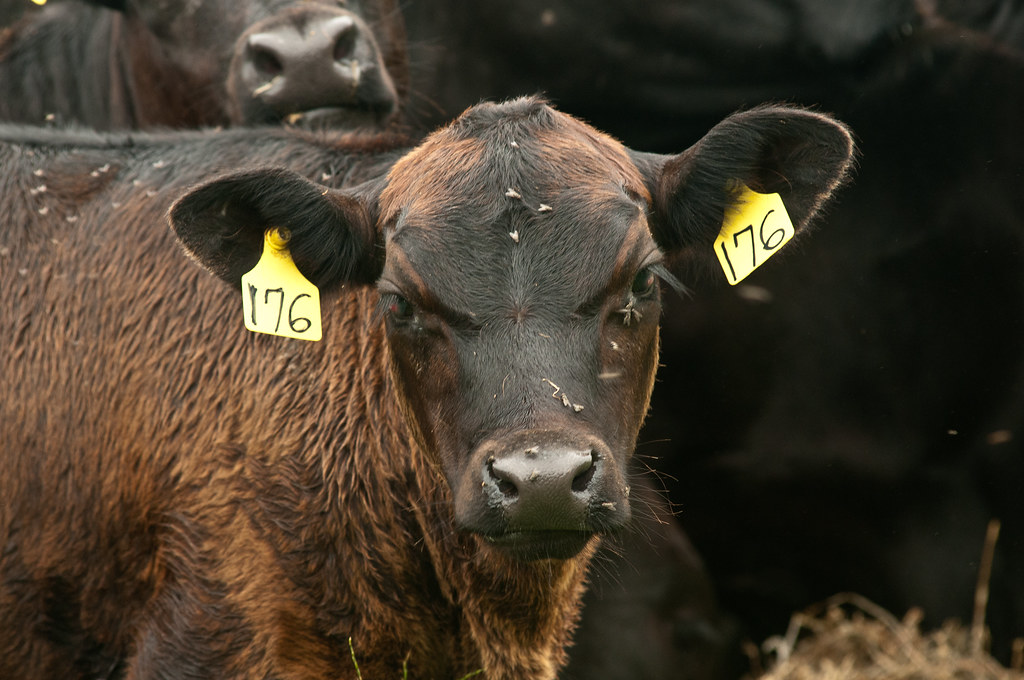
The reason behind Wagyu beef’s superb quality is its breeding. Wagyu cattle undergo selective breeding and a long fattening period. This process is strict, time-consuming, and expensive. Naturally, it results in expensive steak too.
A crossbreed of the Wagyu and Angus cattle is also popular. This is the American Style Kobe Beef or “Wangus”.
Steak Cut
Lastly, which part of the animal you slice the meat from can also greatly affect its quality and price. A steak cut refers to the type of steak based on which body part it came from. There are many kinds of steak cuts, and they vary in price range too.
What are the different cuts of steak?
Before we go over the most expensive steaks in the world, it’s important to first learn about the different steak cuts. That way, it’s easier to understand how various factors affect a steak’s price.

Strip Steak
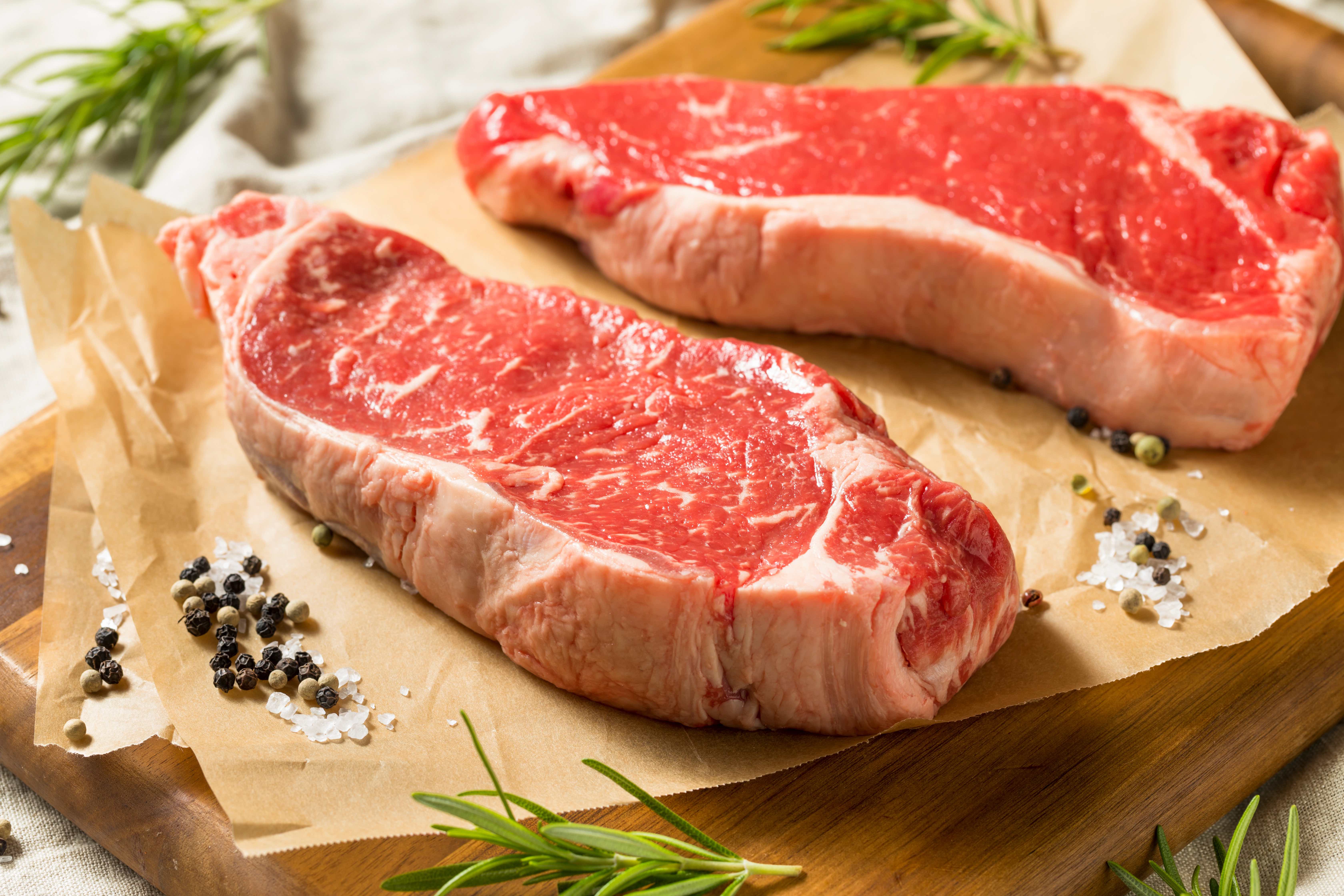
The strip steak is a slice of meat cut from the cattle’s lower back. The name comes from how the meat is “stripped” from the short loin.
There are two types of strip steaks. The bone-in strip steak still has the spine bone intact. This results in a tender and juicy meal. Meanwhile, the boneless strip steak no longer has the spine bone. The boneless strip steak is much easier to cook evenly, but it is less flavorful than the bone-in strip steak.
Other names for the strip steak include “Kansas City Strip”, “Shell Steak”, and “Ambassador Steak”.
T-Bone Steak
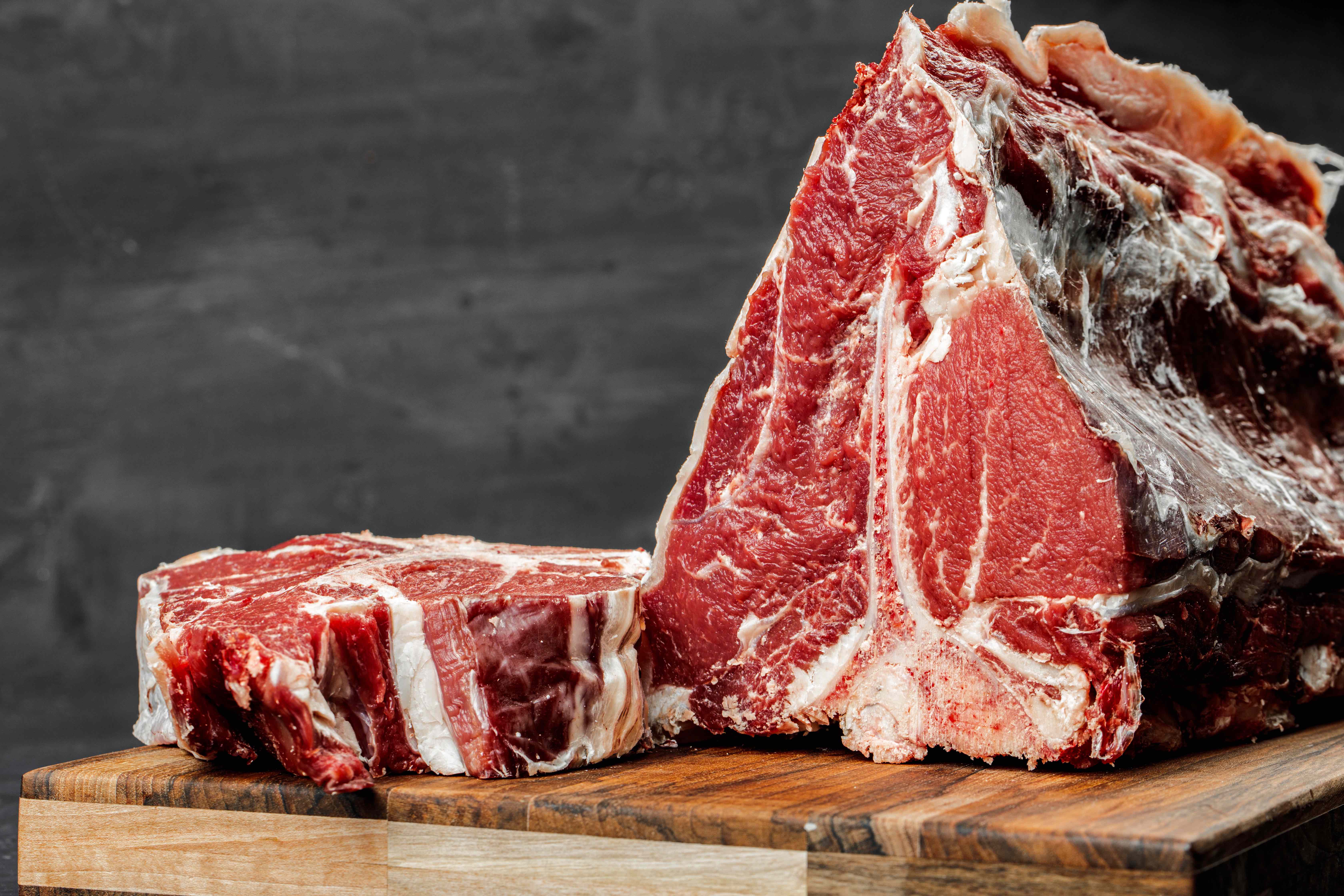
The T-bone steak is what people call the best of both worlds. The T-bone is a combination of the strip and tenderloin muscles. It has a T-shaped bone in between the two portions, which is what gives the cut its name.
The T-bone steak is flavorful while being tender. It retains all of the strip steak and tenderloin’s best qualities while balancing out their misses. Of course, people are also fans of how the iconic T-bone steak looks. You’ll find a lot of Instagram foodies posting pictures of the T-bone steak.
The T-bone steak takes parts from two pricey sections of the cattle. As such, it is one of the most expensive steak cuts too.
Tenderloin
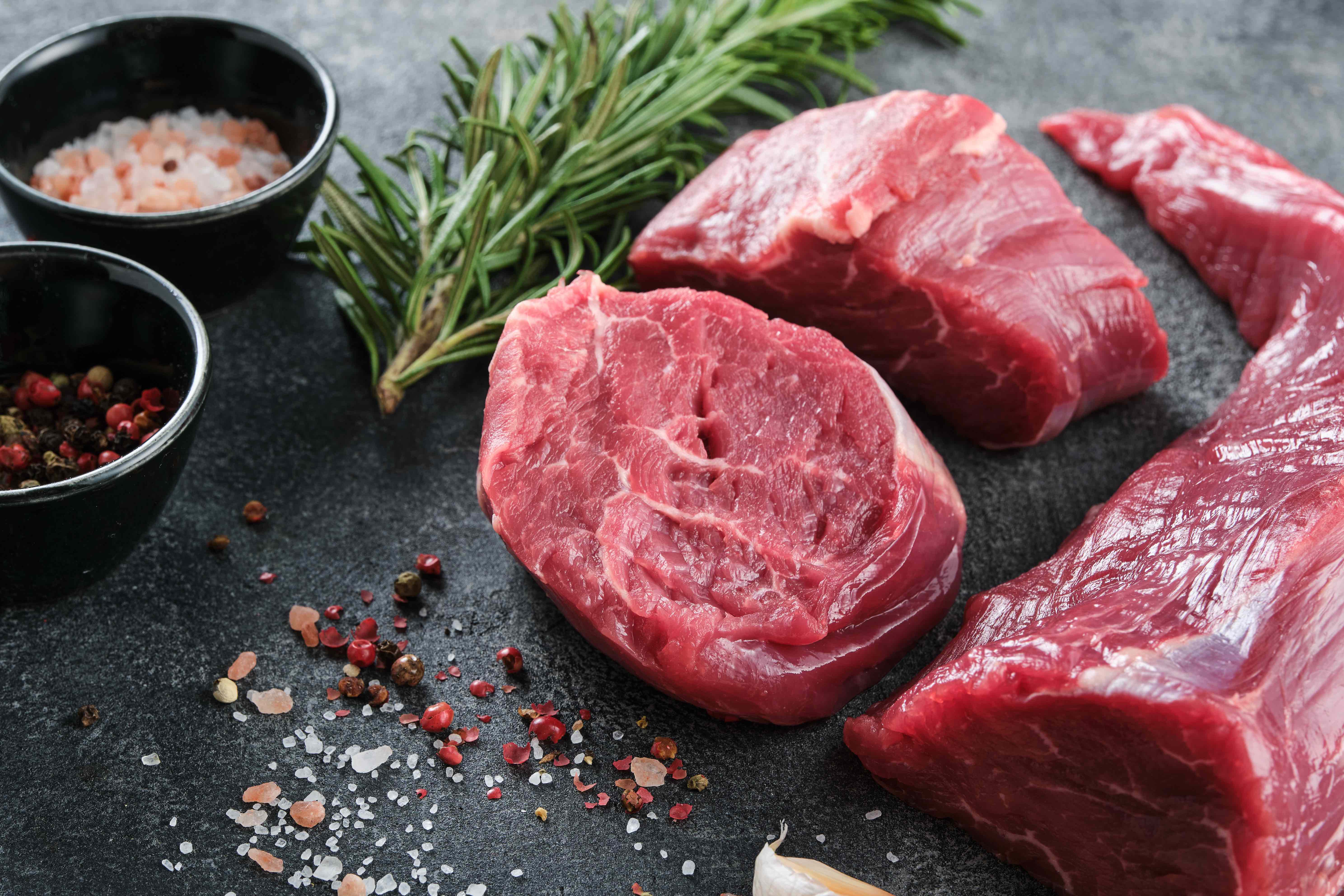
A popular choice in most restaurant menus is the “filet mignon. Filet mignon refers to a small, round steak from the tenderloin. Tenderloin is a steak cut from the cow’s loin section along the spine. This results in a slice of meat that is mostly lean meat.
Since it comes from a muscular part of the cattle, tenderloin is very soft and tender. However, it doesn’t have as much flavor as other steak cuts. Because of this, most restaurants will serve filet mignon with a fatty sauce or side dish.
Some of the most expensive steaks are tenderloins because of the cut’s rarity. The tenderloin comes from a very small portion of the cattle. In fact, usually, only one tenderloin can be cut from a carcass.
Porterhouse Steak
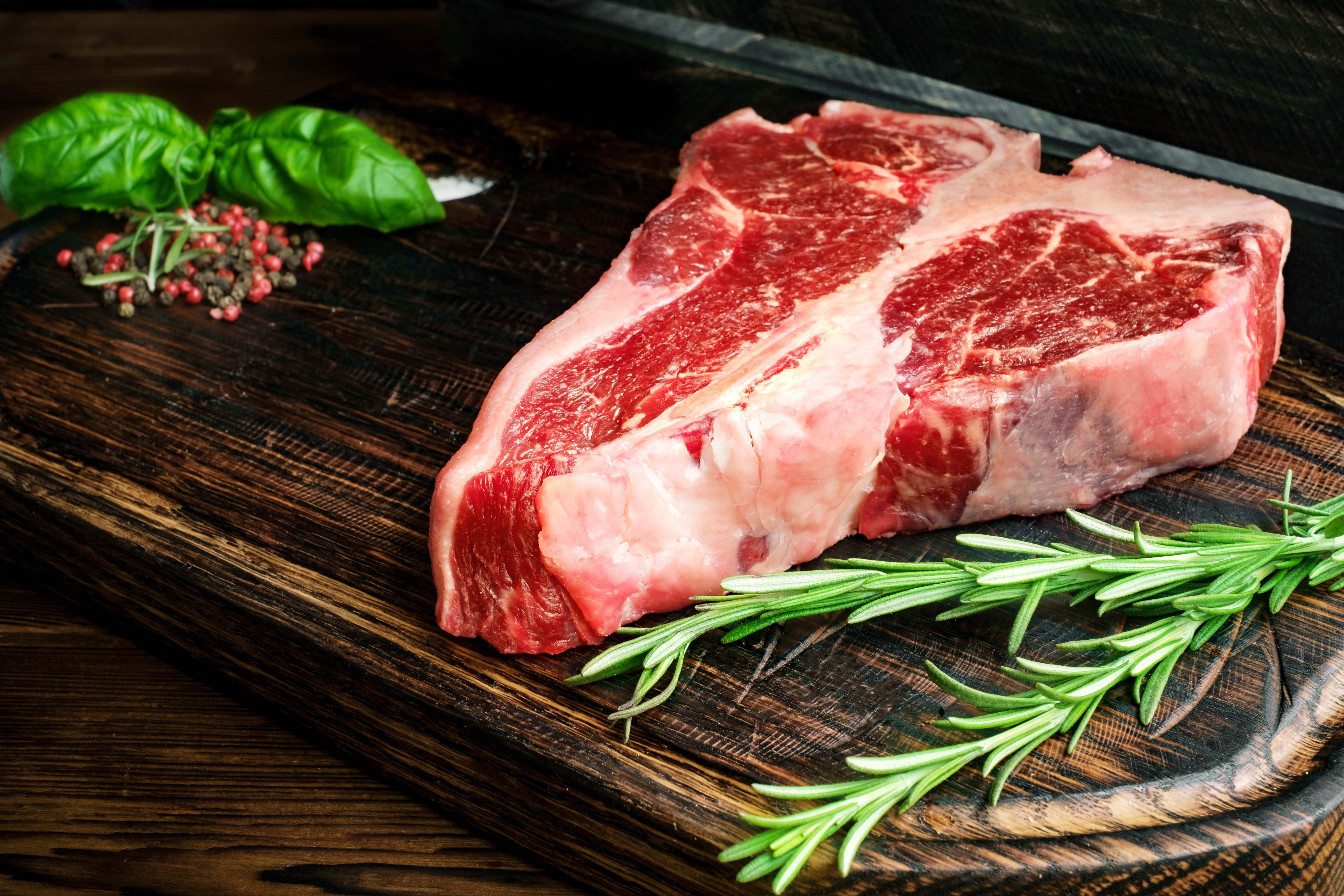
Like the T-bone steak, the porterhouse steak contains parts of the strip and tenderloin steak. In fact, many think of the porterhouse steak as the larger version of the T-bone steak.
The porterhouse steak is much bigger than the T-bone steak because it contains a larger cut of the tenderloin muscle. You’ll actually notice one side of the porterhouse steak is bigger than the other. On the other side of the bone is the portion of the strip steak.
This steak cut is a popular choice for many because of its large size. While it is one of the most expensive steak cuts, it is very filling. One serving of porterhouse steak is often big enough for two people.
Rib Eye Steak
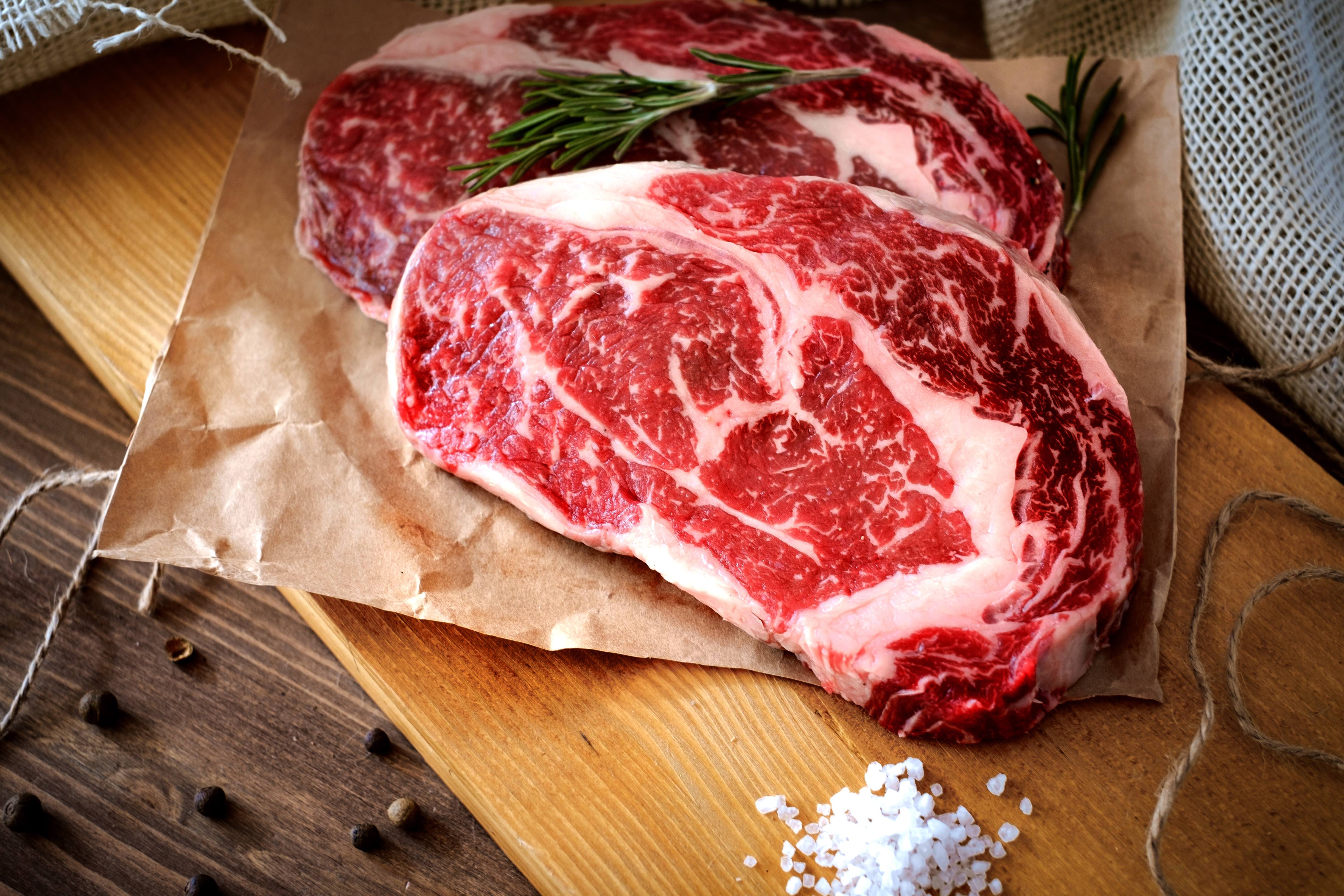
The rib eye, sometimes “ribeye”, is a cut of meat from the cattle’s rib section. This area is relatively small, but it produces a very tender steak.
You’ll notice the ribeye has a lot more white lines on it than most steaks. Among the most expensive steaks, the rib eye is a strong contender because of its rich marbling. The rib eye has a lot of fat, which gives it a strong flavor.
A bone-in rib eye, where a portion of the bone remains, is even more flavorful. However, for those who like their steaks without bone, there is still the option of the boneless rib eye.
Rib eye steak is a favorite for grillers because it can withstand high heat. If you don’t like grilling, however, you can opt to broil the rib eye instead.
Tomahawk Steak
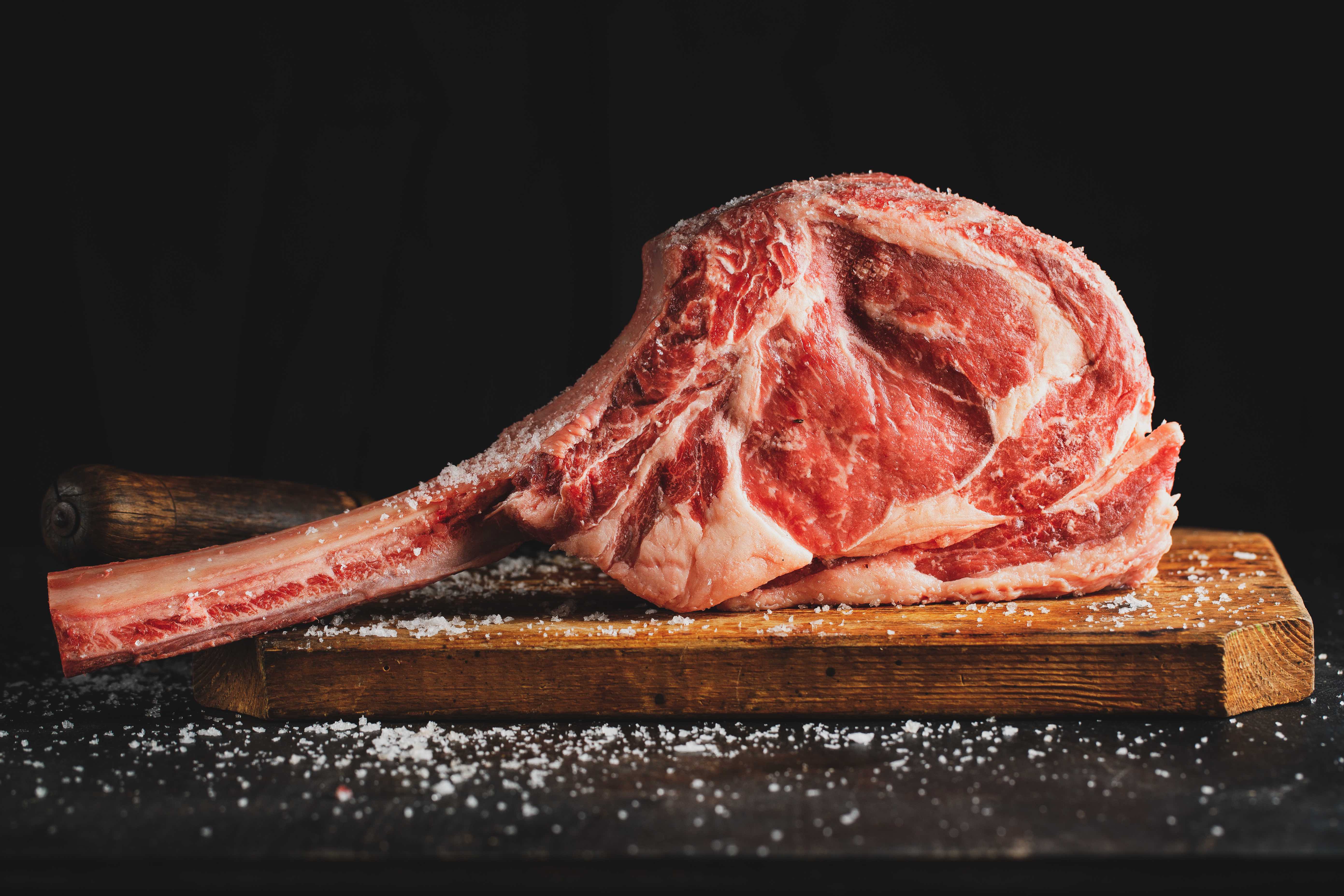
Many of the most expensive steaks in the world use this cut. The Tomahawk steak is famous for its eye-catching visual. It is essentially a bone-in rib eye but with the bone completely intact. The creative trimming of the long bone looks like an ax, which is where it gets its name.
Like the rib eye, the tomahawk steak is very tender. They both come from the cattle’s rib section, which is a muscle cattle don’t use often. It also has great marbling, which provides a lot of flavors.
Many chefs love to cook tomahawk steak as it is easy to experiment with flavors and plating. The best way to cook a tomahawk steak, however, is with a grill.
Sirloin Steak
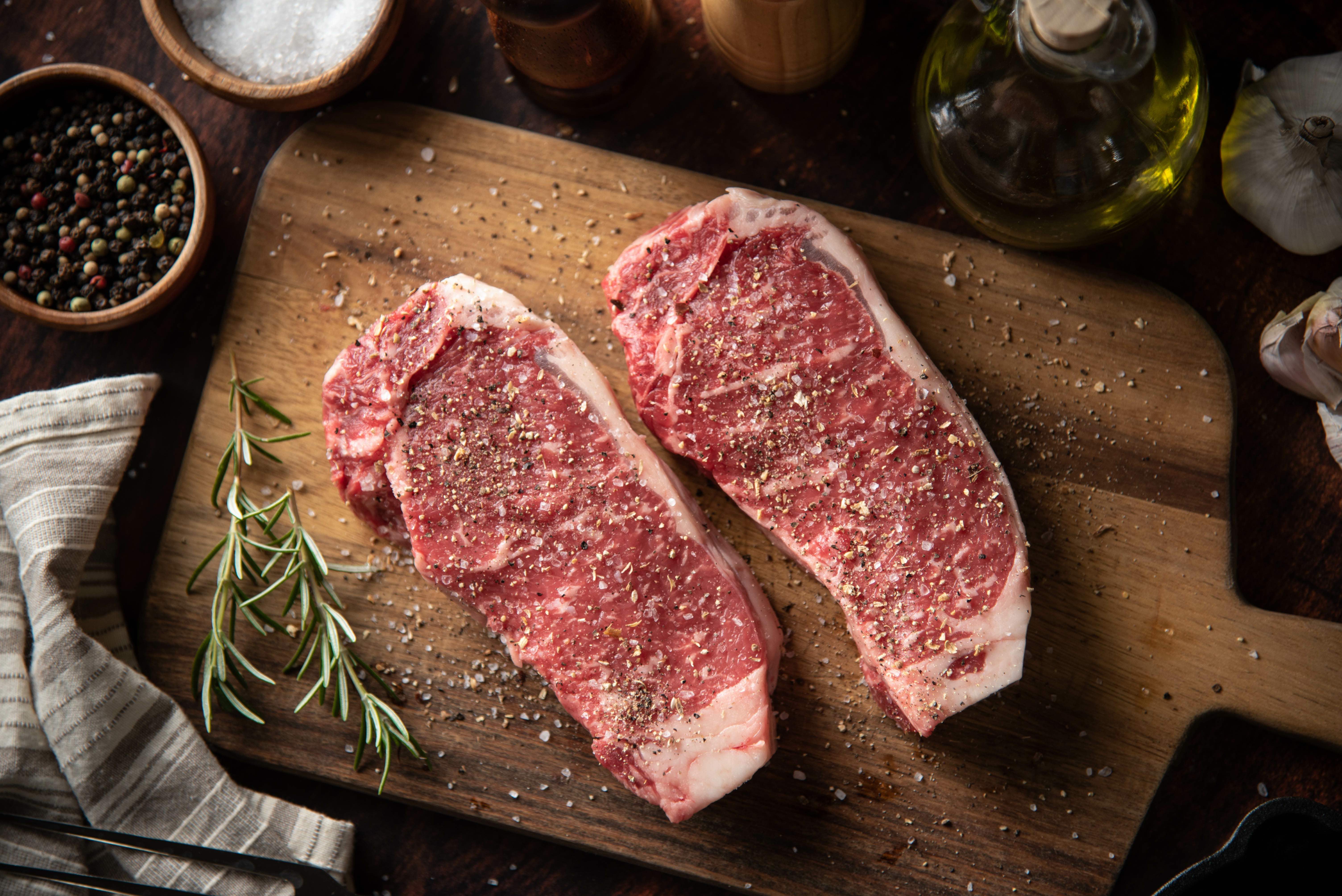
Sirloin steak is a cut of steak from the lower back of the cattle. This area is much less tender, and it isn’t as flavorful as other cuts of steak. Because of this, it is much cheaper than other steak cuts.
However, the price can still vary due to other factors. For instance, if the cut of sirloin comes from Wagyu, then the price would certainly shoot up.
Flat Iron Steak

The flat iron steak is a cut of meat from under the cattle’s shoulder blade. In fact, other names for the flat iron steak include “top blade steak” and “shoulder top blade steak”.
This cut of meat is extremely tender with great marbling. It is great for grilling, broiling, and pan-searing. One downside is a ligament running down the middle of the cut. This can make it difficult to eat, so chefs recommend cutting the steak into two filets instead.
The flat iron steak is not as popular or pricey as other steaks. However, many would argue the flat iron steak has the same quality as most expensive steaks.
Chuck Eye Steak
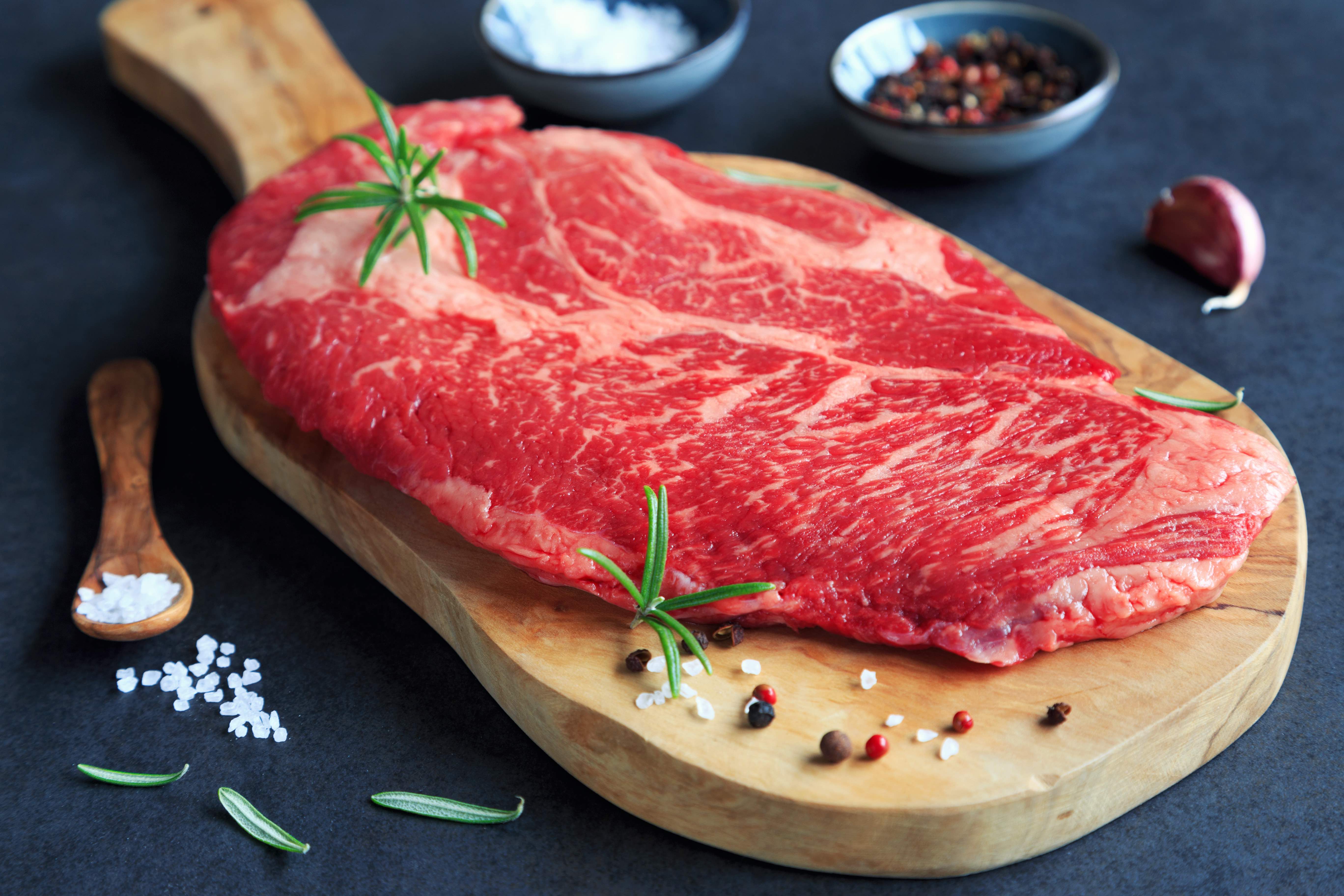
Like the flat iron steak, the chuck eye steak also comes from the cattle’s shoulder. However, the chuck eye steak specifically comes from the cow’s upper shoulder.
It comprises part of the rib eye, so it is also very tender and flavorful. In fact, many chefs use the chuck eye steak as a cheaper alternative to the rib eye. Sadly, while chuck eyes are cheaper, they aren’t exactly easy to find.
After all, cows only have two shoulders, so butchers can only harvest two cuts of chuck eyes from each carcass.
Flank Steak

This steak cut comes from the belly of the cattle. Unlike what they do for most steaks, butchers do not cut flank steaks perpendicular to the muscle fiber. Instead, they cut it parallel to the muscle fibers.
Flank steak is one of the leanest cuts of meat. Because of this, it’s easy to overcook. If a chef slices the flank steak too thickly, the steak can easily become dry and tough when cooked.
This steak is also chewier than most, so some diners might not enjoy it. Instead of eating it as a steak, most people serve this cut as the meat for fajitas.
Eye Fillet

The eye fillet is a cut of steak from a cattle’s behind. It comes from the strip of muscle against the backbone or hindquarter.
This area is very lean and tender with rich marbling. Because of the fat from the bone, the eye fillet is also very flavorful. It isn’t among the most expensive steak cuts, but it is pricier than most cuts.
Hanger Steak
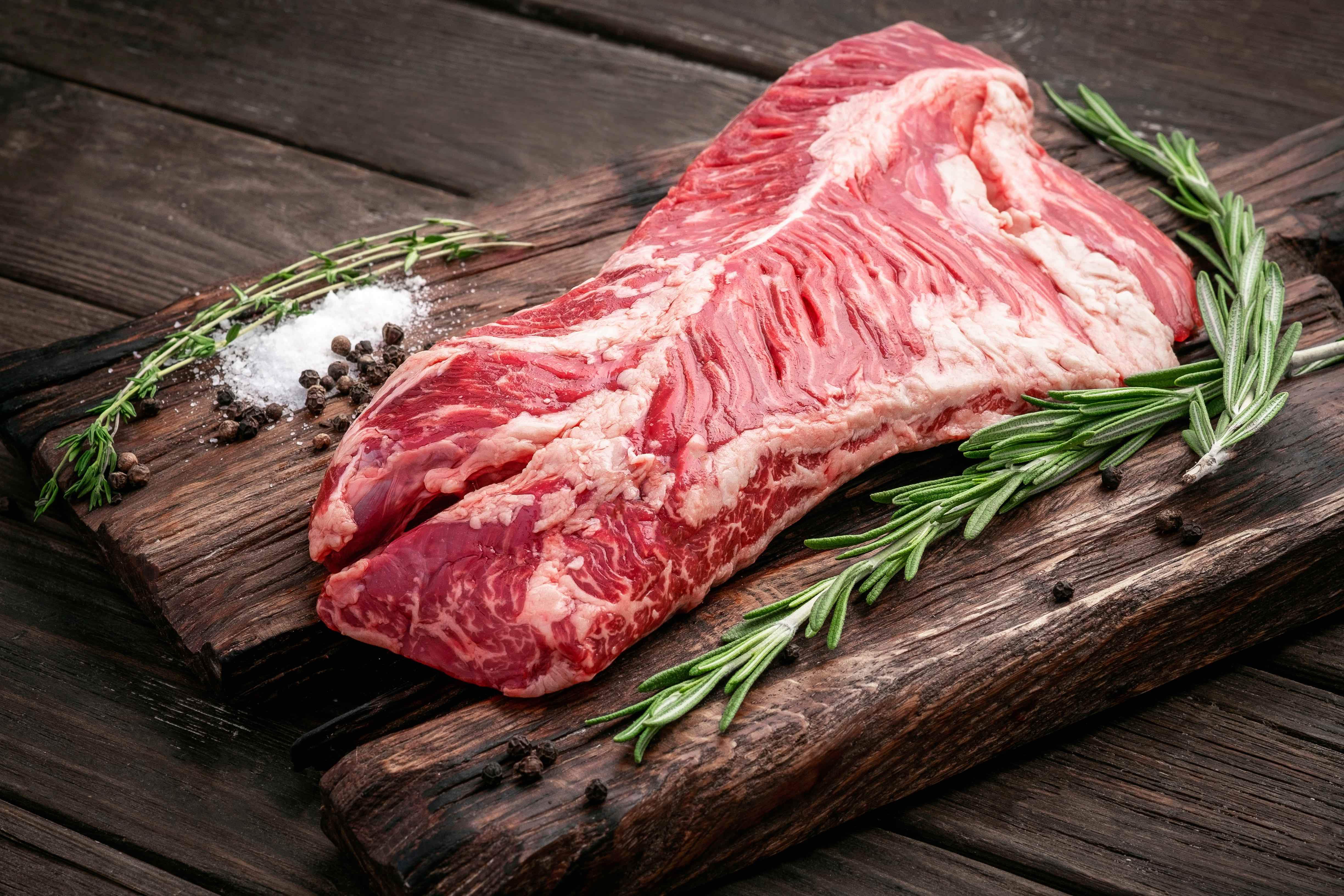
Among the different types of steak cuts, the hanger steak might be the least popular. It comes from the belly of the cattle and is near the sections of skirt steak and flank steak.
This cut is quite thin, and only one cut is possible per carcass. Most butchers keep this section to themselves instead of selling it, so it might be hard to find this in the market.
The hanger steak has decent marbling. It results in tender and juicy bites, so it can hold its own against some of the most expensive steaks out there.
Another name for hanger steak is onglet steak.
What are the most expensive steaks in the world?
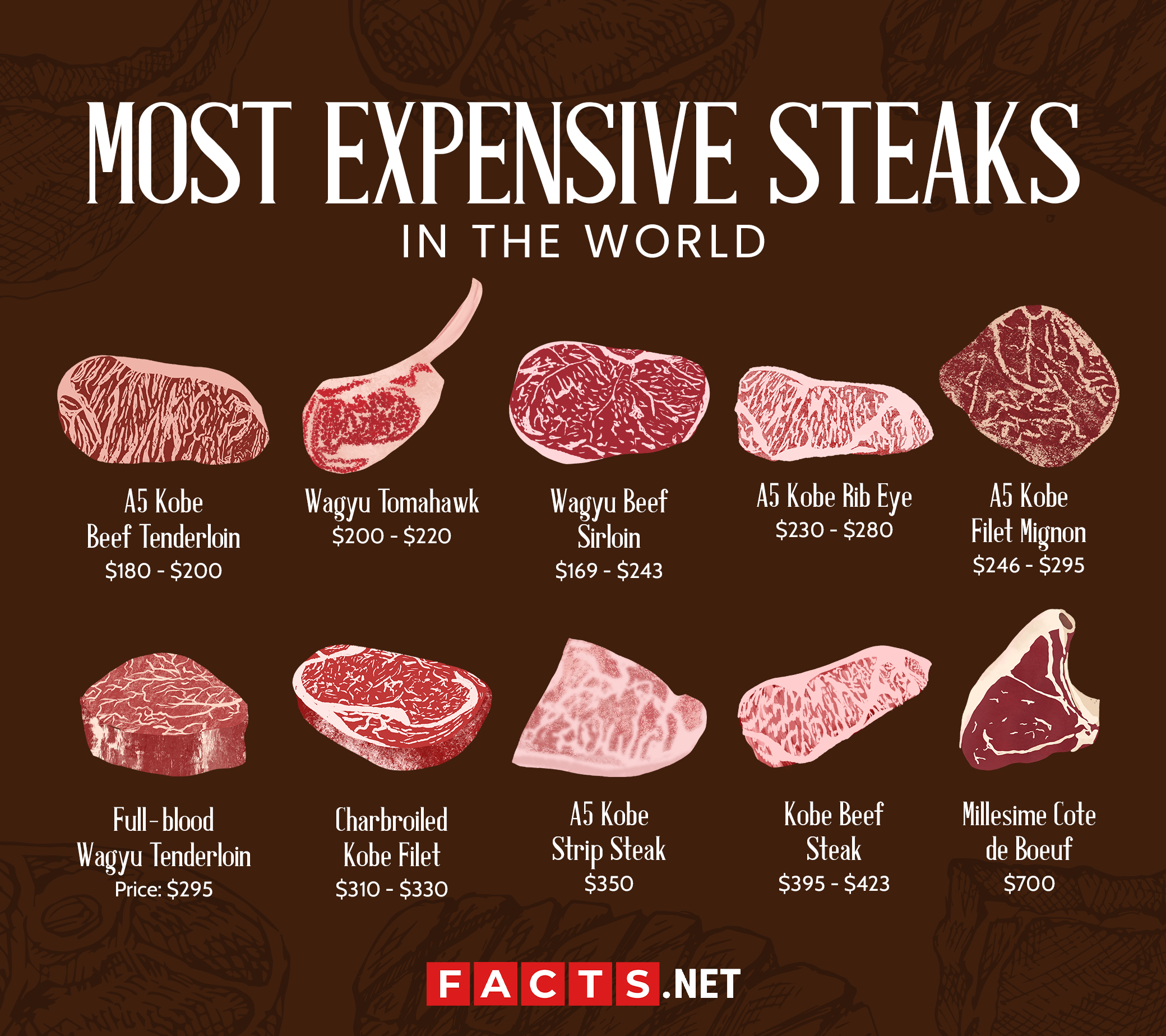
A5 Kobe Beef Tenderloin
Price: $180–$200
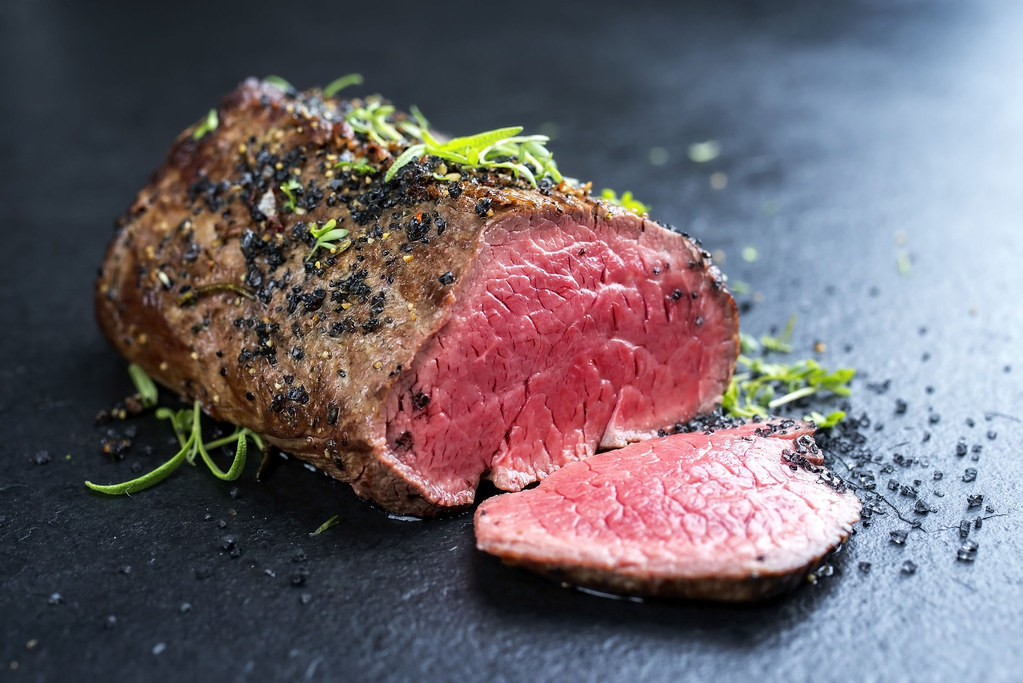
When it comes to the most expensive steaks, you can bet Kobe beef tenderloin will be on the list. Kobe beef refers to a type of Wagyu beef, and people often use the two interchangeably. However, Kobe is a specific type of Wagyu beef. It comes from the Tajima strain of Wagyu.
Tajima cattle are born and raised in the Hyogo prefecture. There, they undergo a strict feeding procedure for at least 26 months. Then, they must score a grade of at least A4 or higher.
Given how strict the process is, it’s no surprise that Kobe is the most expensive meat you can buy. While Kobe tenderloin is less pricey than other Kobe steak cuts, its grade of A5 certainly pushes it up the scale. An A5 rating is the best grade for Japanese beef, much like the prime grade for American beef.
Wagyu Tomahawk
Price: $200–$220
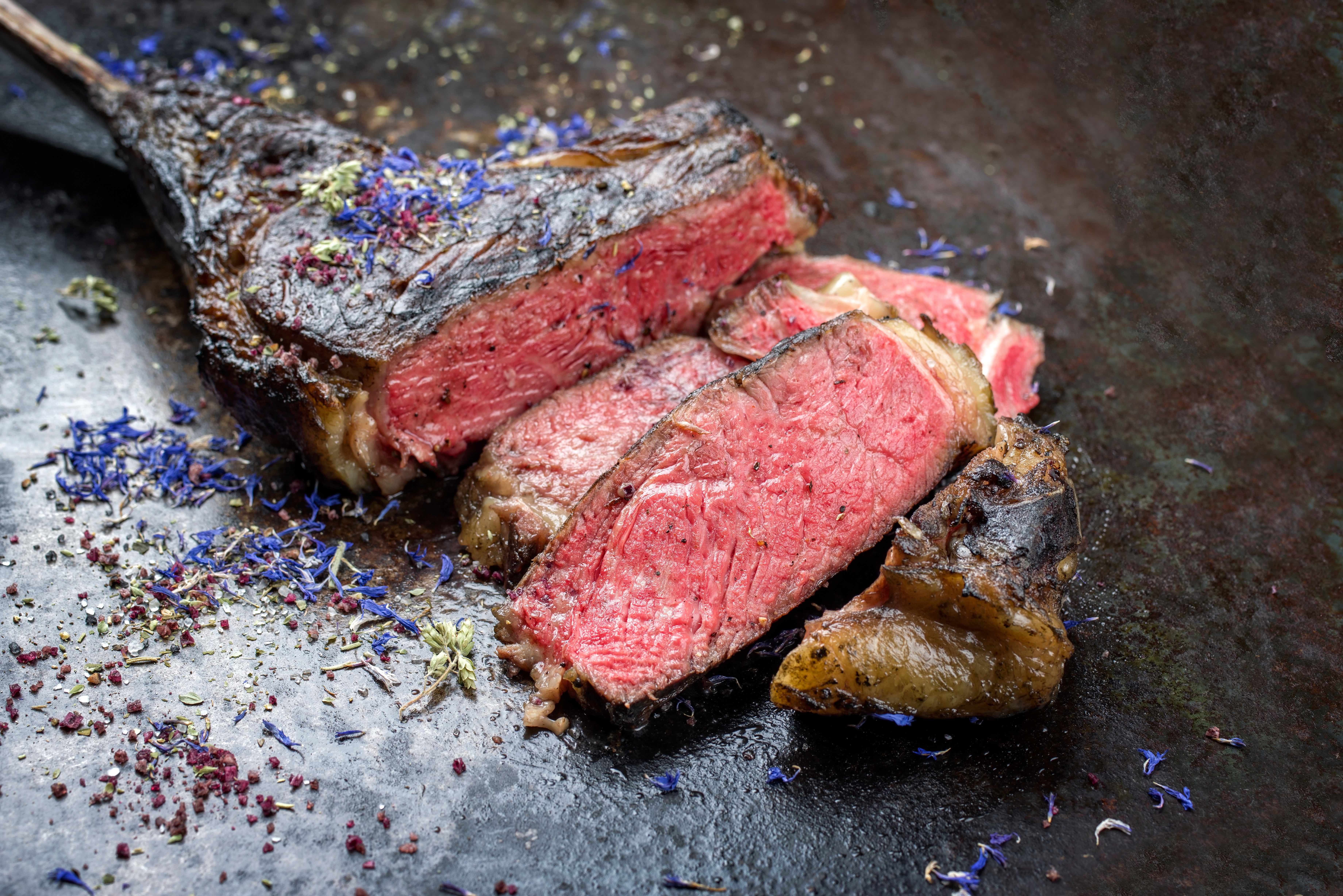
When it comes to Wagyu Tomahawk, you aren’t just paying for the flavor. You’re paying for the stunning presentation of the tomahawk steak cut and the premium taste of Wagyu beef. These two factors make the Wagyu Tomahawk one of the most expensive steaks in the world.
Most tomahawk steaks weigh between 30 to 40 ounces. Chefs typically won’t serve Wagyu tomahawk on a regular-sized plate. It just won’t fit. Because of this, however, chefs can get creative with plating.
Compared to other types of steak, Wagyu tomahawk is very heavy on the stomach. It’s easy to chew because of its tender meat, but it often takes more than one person to finish one meal.
Wagyu Beef Sirloin
Price: $169–$243
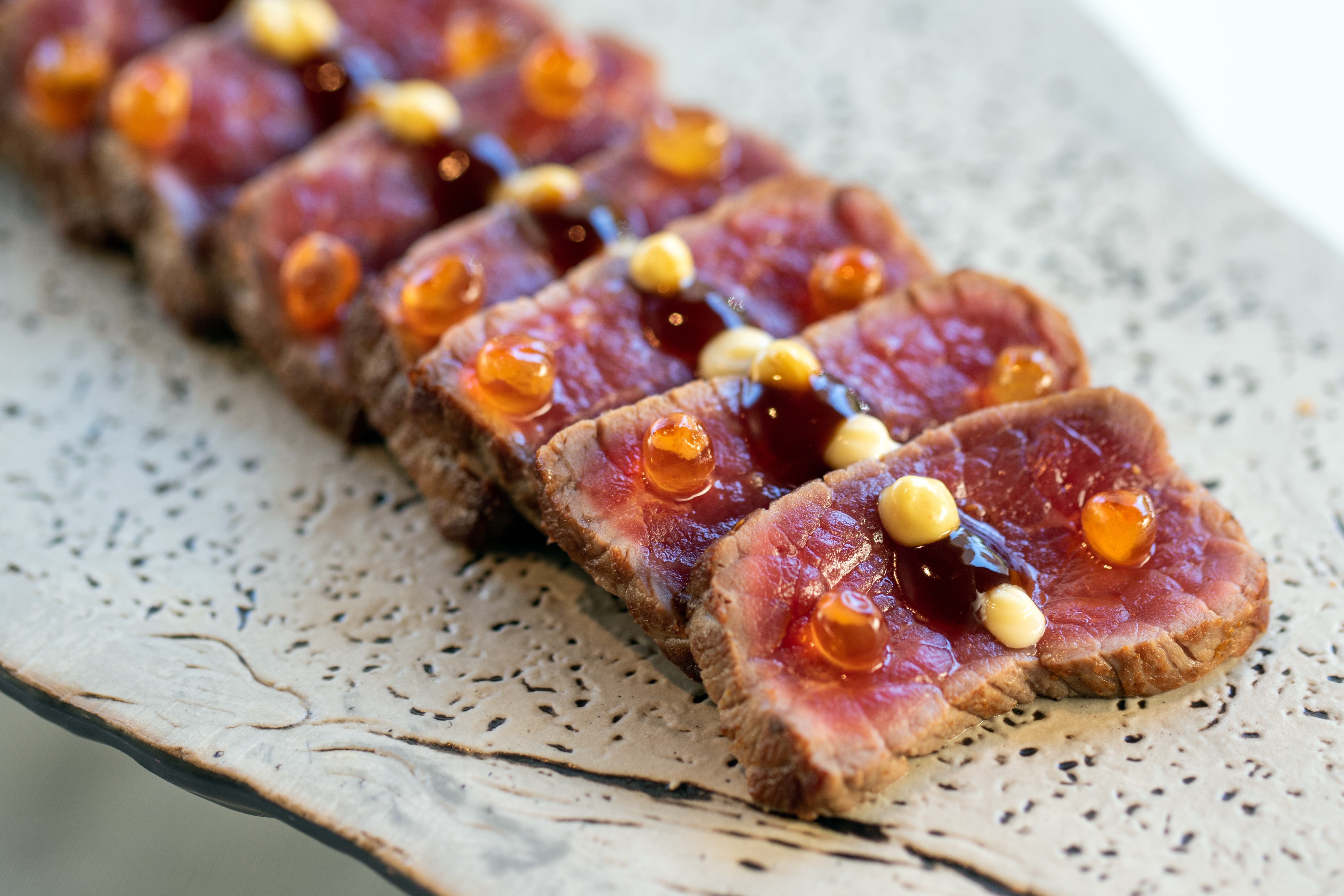
Next on this list of the most expensive steaks is the Wagyu beef sirloin. Wagyu beef sirloin is a popular item on the menus of high-end steakhouses and fine dining restaurants.
The steak cut comes from the top sirloin of the cattle, which many consider superior to the lower sirloin. This is because this area of muscle is slim and gutless, making it extremely tender yet thick.
Some restaurants offer grilled Wagyu beef sirloin, while some offer it pan-fried. The price range of Wagyu beef sirloin can vary greatly depending on the restaurant, but it is still among the most expensive steaks in the world.
A5 Kobe Rib Eye
Price: $230–$280
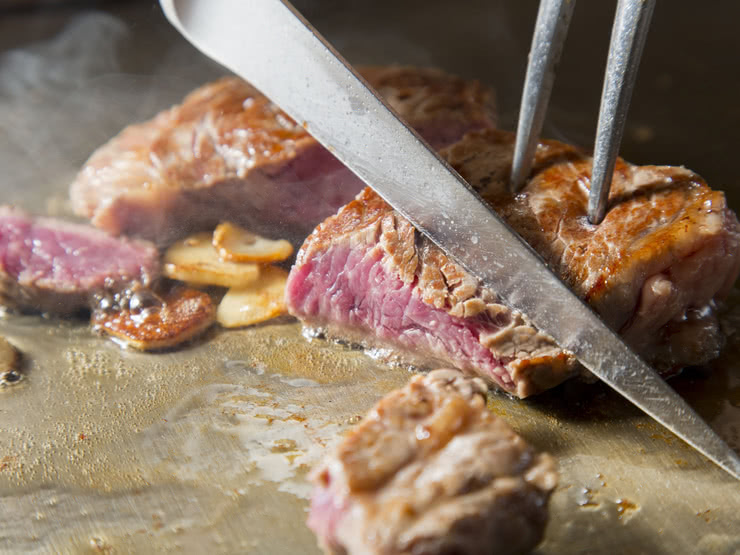
A rib eye steak is certainly a classic, but not all restaurants can serve premium A5 Kobe rib eye steak. A5 Kobe is what many consider the holy grail of steak. It is the rarest and most expensive meat in the world.
It is no surprise that high-end restaurants find it hard to secure A5 Kobe for their menu. Rare Steakhouse is a popular restaurant in Massachusetts, and they sell a four-ounce A5 Kobe rib eye for $230.
In case the diner wants a bigger serving, they change an additional $60 for every ounce. How’s that for one of the most expensive steaks in the world?
A5 Kobe Filet Mignon
Price: $246–$295
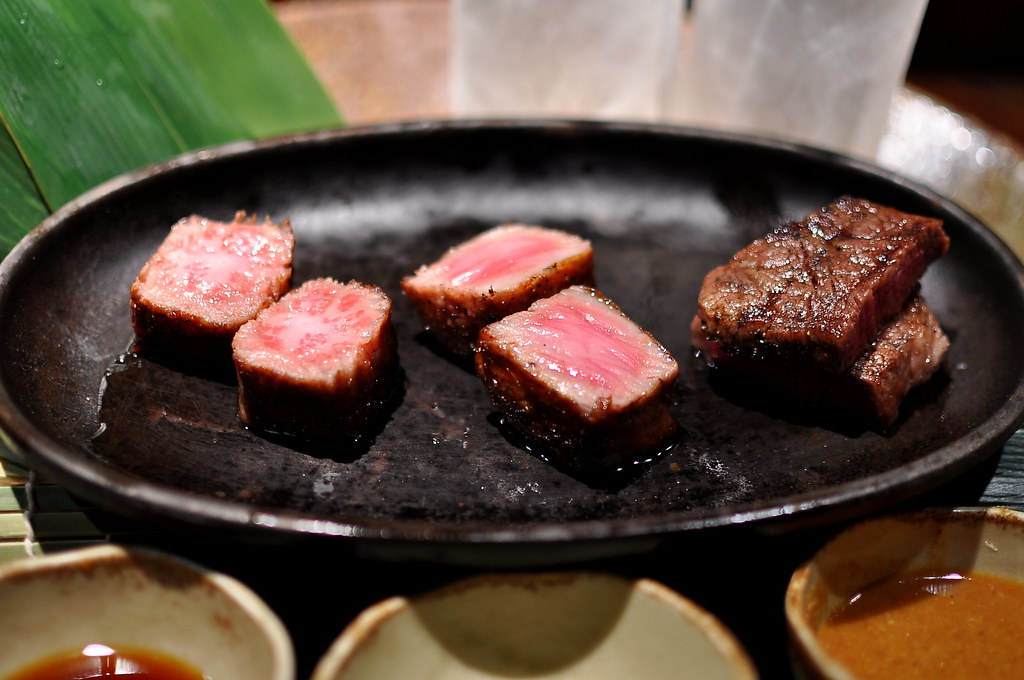
It’s no surprise that Kobe beef dominates this list of most expensive steaks. A5 Kobe filet mignon has a creamy and tender texture with a strong flavor from the marbling.
Because filet mignon is a versatile steak cut, many restaurants have their unique takes on the A5 Kobe filet mignon.
One example is Renga-tei’s Select Special Kobe Fillet. Renga-tei is a restaurant in Kobe, Japan, which is the home of Kobe beef. There, they serve a 5.6-ounce Kobe filet with Japanese rice paper.
Full-blood Wagyu Tenderloin
Price: $295

As one of the most expensive steaks in the world, the full-blood Wagyu tenderloin is a rare delicacy. Outside of Japan, full-blood Wagyu is hard to find. You might encounter “purebred” Wagyu, but these two aren’t actually the same.
“Purebred” Wagyu beef comes from cattle that are possible crossbreeds but with at least 93.75% Wagyu blood. On the other hand, “full-blood” Wagyu beef comes from cattle that are 100% Wagyu.
A restaurant in Australia claims to exclusively serve the full-blood Wagyu tenderloin. Prime Steak Restaurant is a high-end restaurant in Sydney, Australia. Food critics and regular customers all claim this restaurant serves the best steaks in Sydney.
Charbroiled Kobe Filet
Price: $310–$330
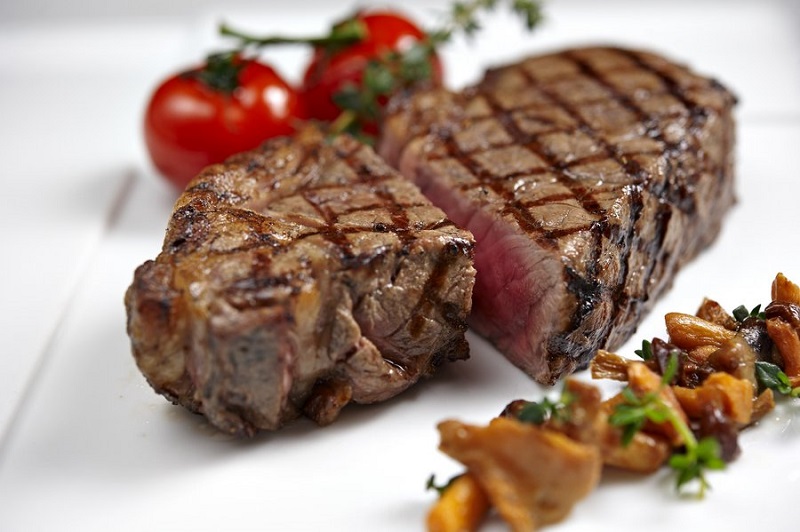
The charbroiled Kobe filet is one of the most expensive steaks in the world. Charbroiling meat might sound complicated, but it is actually a version of grilling. A chef seasons the Kobe filet and grills it over charcoal.
In Aragawa, chefs season the Kobe filet with pepper and mustard. That might not seem much, but adding a lot can take away the Kobe beef’s flavor.
Aragawa is a steak restaurant in Tokyo found in an office building in the crowded business district of Shinbashi. It certainly isn’t easy to find, making it a journey to taste one of the most expensive steaks in the world. It’s sure worth it, though!
A5 Kobe Strip Steak
Price: $350
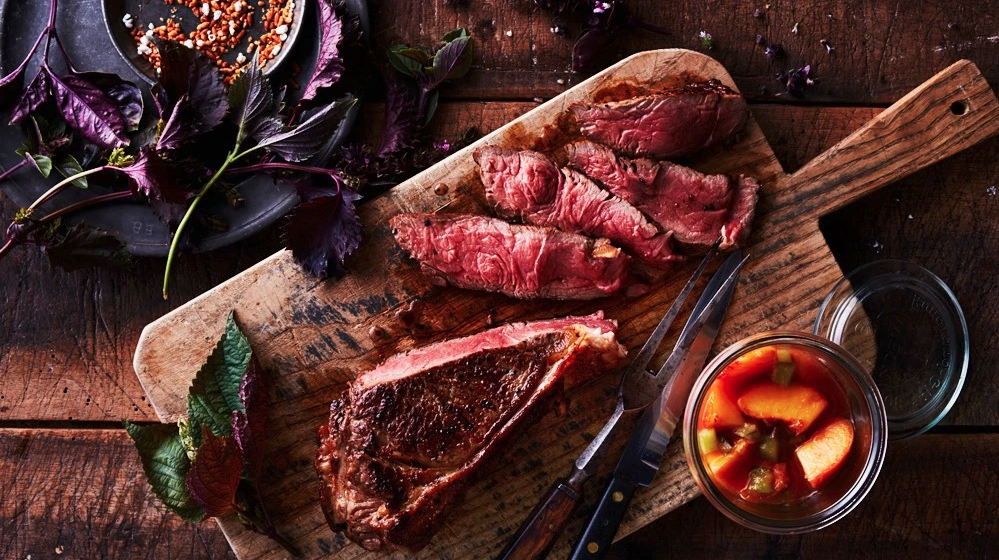
Cut from the short loin of the Tajima Japanese Black cattle, the A5 Kobe strip steak is one of the most tender steaks ever. It’s certainly no surprise that it’s one of the most expensive steaks, too.
The A5 Kobe strip steak is similar to the popular New York strip steak, but the former is difficult to find. Thankfully, a New York City staple restaurant serves this rare dish.
Old Homestead Steakhouse serves 6 oz. and 12oz. servings of the A5 Kobe strip steak. The 6 oz. version retails for $175, while the more popular choice of 12 oz. sells for $350. Despite its rarity, this New York restaurant boasts of selling around 60 Kobe strip steaks per month.
Kobe Beef Steak
Price: $395–$423
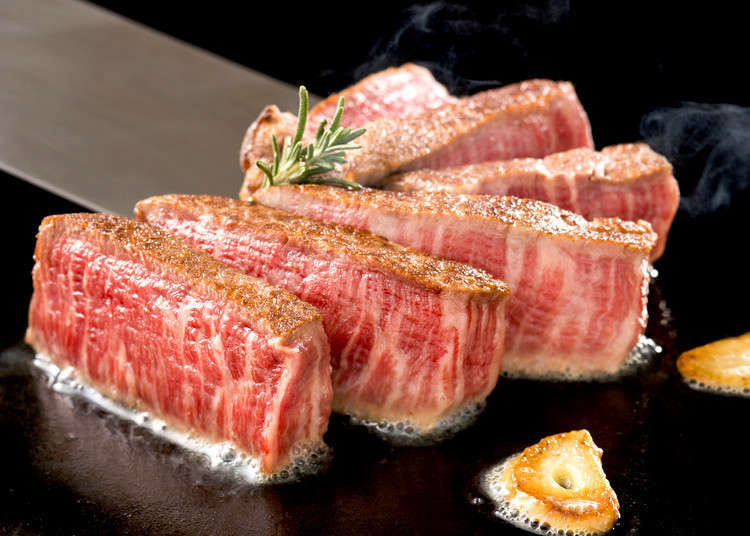
Ranking high on almost every list of the most expensive steaks in the world is the Kobe beef steak. This dish comes from the “Highest Award Winning Kobe Beef”, which you can only find in Bifteck Kawamura restaurant.
Bifteck Kawamura is an award-winning restaurant in Osaka, Japan. They serve a 5.3 oz. serving of the steak, with several dipping sauces and vegetables.
This restaurant only sources its meat from events like the Kobe Beef Fair. The Kobe Beef Fair is an event where they display the best of the best cattle. In Bifteck Kawamura, they present the cow’s ID number from the fair to confirm it is top-quality Kobe beef.
Millesime Cote de Boeuf
Price: $700
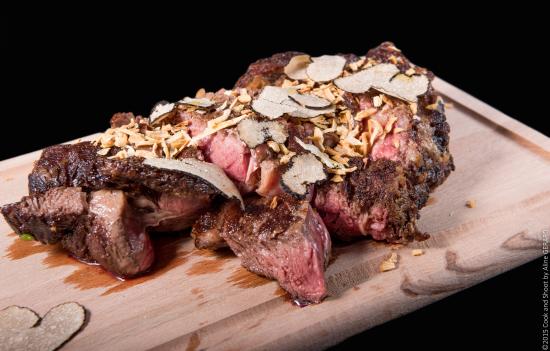
Surprisingly, the most expensive steak is not Kobe beef. Instead, it is the Millesime Cote de Boeuf.
You’ll find this steak in Caprice, a restaurant in the Four Seasons Hotel in Hong Kong. In 2019, the restaurant received three Michelin stars for its Millesime Cote de Boeuf. They serve the steak with several other side dishes, including beef tartar and high-end whiskey.
The $700 price tag, however, is mostly because of the meat they use. The steak comes from Polmard Boucherie. Polmard Boucherie is a butcher shop where they age beef for 15 years. Aside from this, the beef comes from a farm where they maintain the cows’ stress levels to prevent their meat from spoiling.
Given how hard it is to source the meat, it’s no surprise that the most expensive steak in the world retails for $700 per person.
Was this page helpful?
Our commitment to delivering trustworthy and engaging content is at the heart of what we do. Each fact on our site is contributed by real users like you, bringing a wealth of diverse insights and information. To ensure the highest standards of accuracy and reliability, our dedicated editors meticulously review each submission. This process guarantees that the facts we share are not only fascinating but also credible. Trust in our commitment to quality and authenticity as you explore and learn with us.


